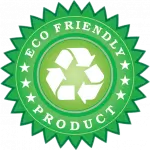Introduction to Micro Concrete Finishes: Versatile, Stylish, and Durable
Micro concrete is becoming a top choice for homeowners and designers looking to add texture and sophistication to modern spaces. In this article, we’ll explore what a micro concrete finish is, where you can use it, how to prevent cracking, and why it’s an exceptional choice for features like kitchen range hoods, backsplashes, and fireplace walls. If you’re considering a bold, contemporary upgrade to your home, micro concrete might just be the perfect option.
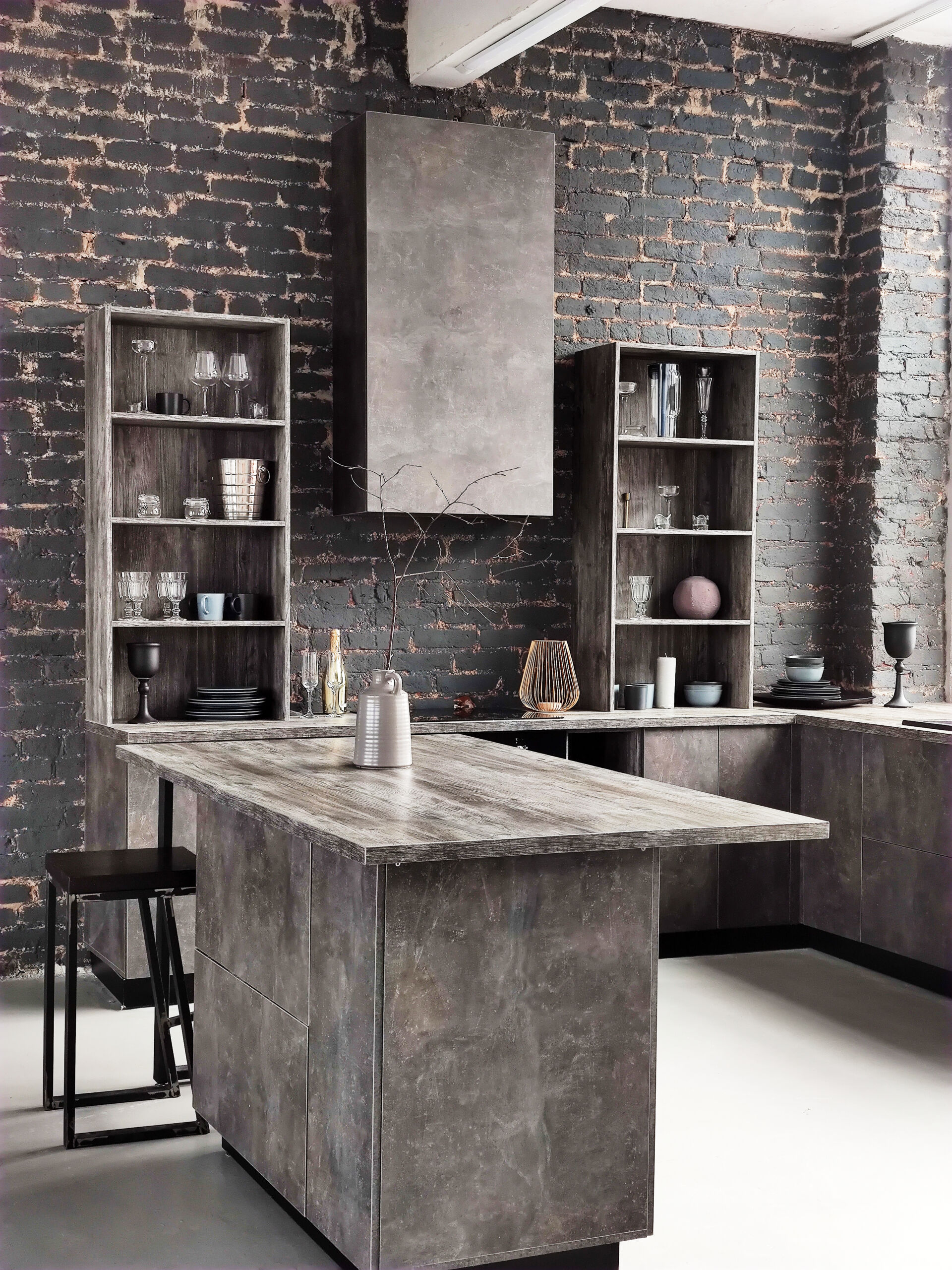
What is a Micro Concrete Finish?
Micro concrete, also known as microcement or micro-topping, is a thin-layer concrete-based coating that can be applied to various surfaces. This finish is usually around 2-3 millimeters thick, but it packs a punch in terms of durability and visual impact. Unlike traditional concrete, which can be bulky, micro concrete offers a sleek and seamless finish. It’s available in a range of textures, colors, and finishes, making it easy to customize for a unique look. Because of its versatility and minimalist appeal, micro concrete is a popular choice for modern, industrial, and contemporary designs.
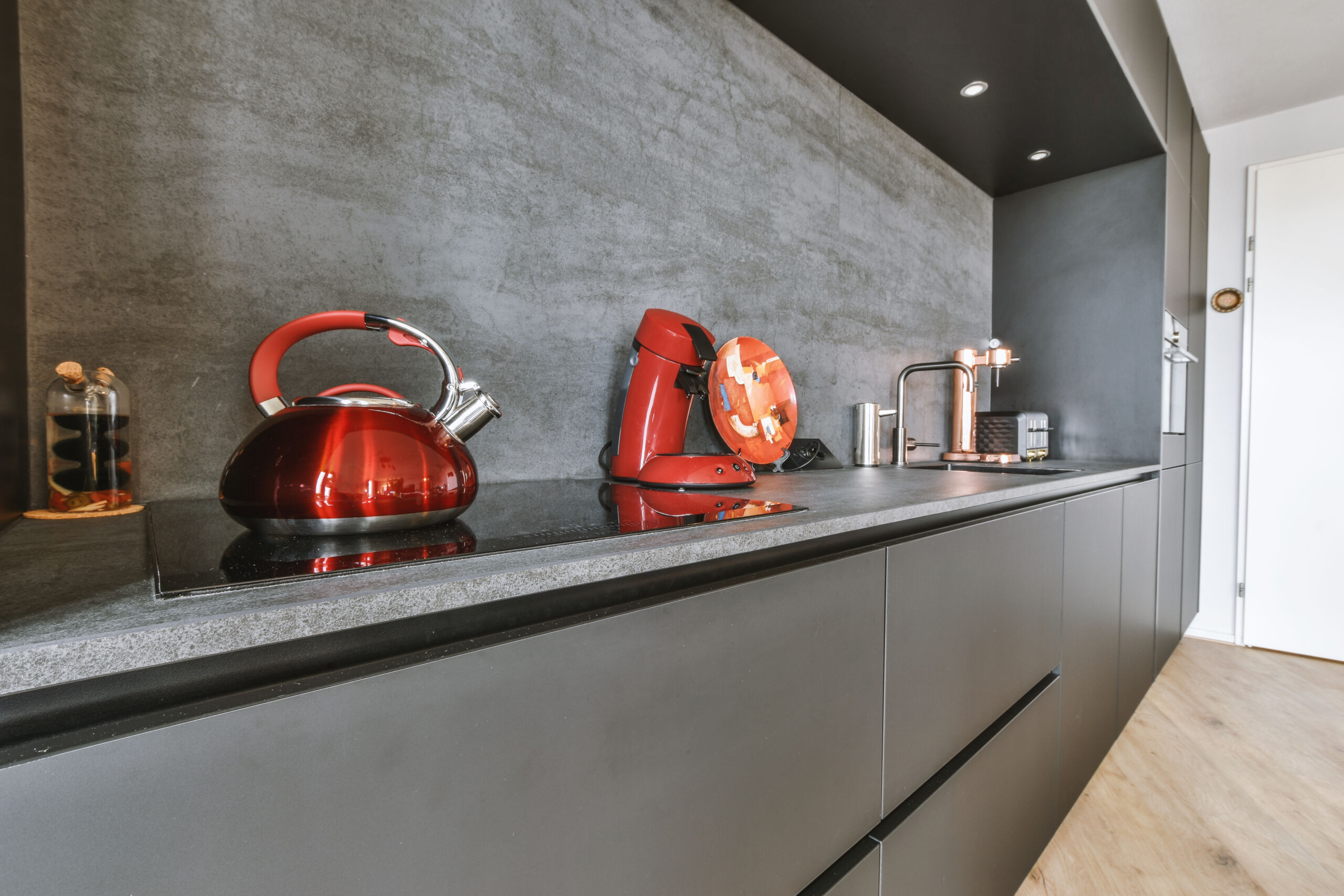
Speak To Shayan 416 (606) 8060 or Request A Quote
Where to Use Micro Concrete?
The beauty of micro concrete lies in its versatility. Here are some popular areas in the home where it can make a remarkable difference:
- Kitchen Range Hood: A micro concrete finish on a range hood creates a striking focal point in the kitchen. It adds texture and interest without overpowering other design elements, blending seamlessly with both modern and industrial styles.
- Kitchen Backsplash: A micro concrete backsplash offers a sleek, easy-to-clean surface that’s resistant to stains and heat, making it ideal for high-use areas. Its seamless application also ensures no grout lines, resulting in a more polished look.
- Fireplace Wall: Micro concrete brings warmth and sophistication to fireplace walls, creating a cozy atmosphere while maintaining a contemporary aesthetic. Its heat-resistant qualities also make it a practical choice for areas exposed to higher temperatures.
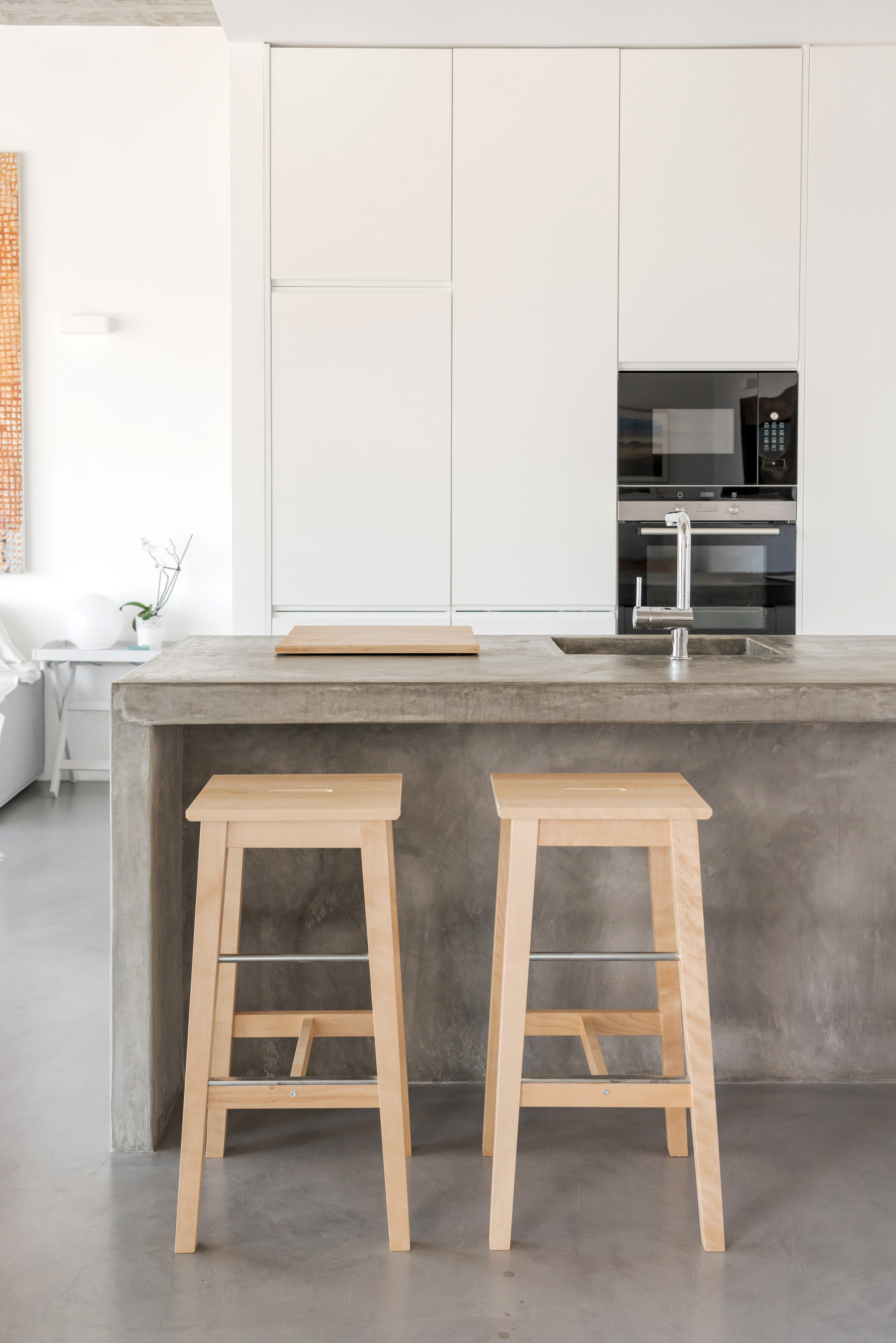
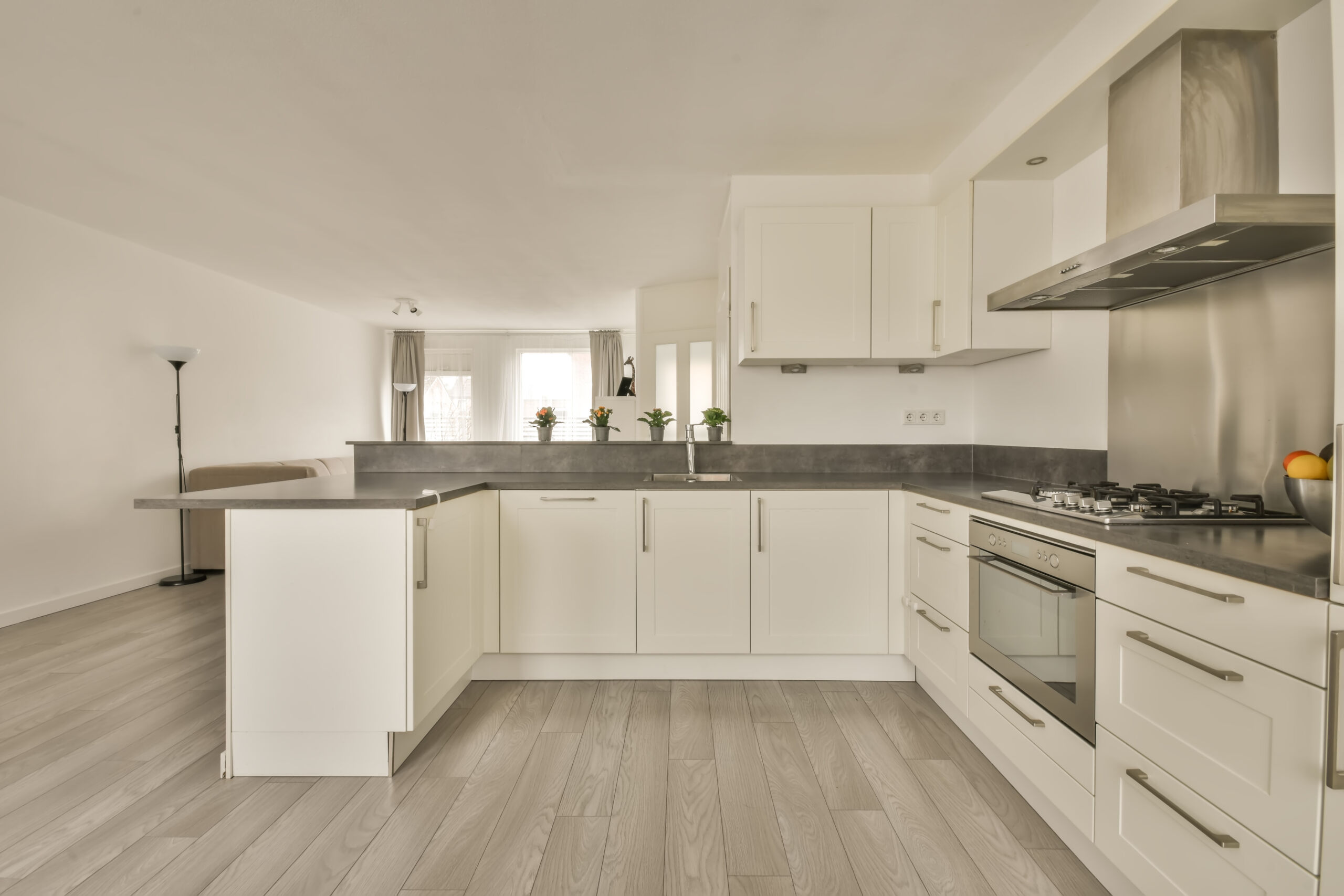
How to Avoid Micro Concrete from Cracking
While micro concrete is strong and durable, professional application is essential to avoid cracking. Here are a few tips to ensure a flawless, crack-free finish:
- Surface Preparation: The surface must be clean, stable, and properly primed. If the base is not stable or if there are gaps, cracks can develop as the micro concrete settles.
- Proper Mix and Application: Professionals mix the micro concrete carefully and apply it in thin, even layers. This multi-layer approach builds strength while maintaining flexibility.
- Use of Reinforcement: In high-stress areas or over large surfaces, reinforcement mesh or fiber additives can be used to prevent cracking.
- Controlled Drying Process: Allowing the micro concrete to dry slowly and evenly helps reduce stress on the surface, minimizing the risk of cracks.
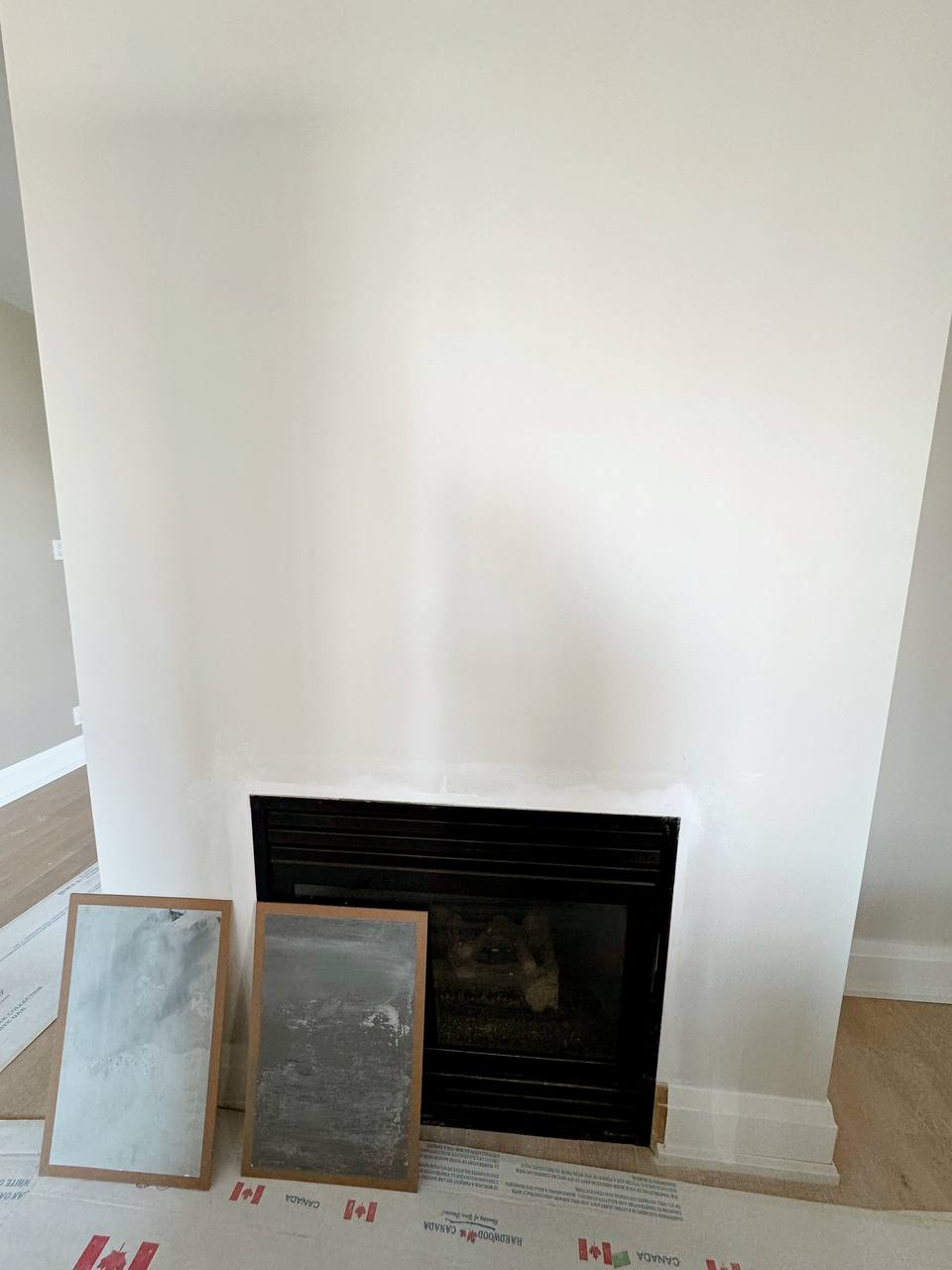
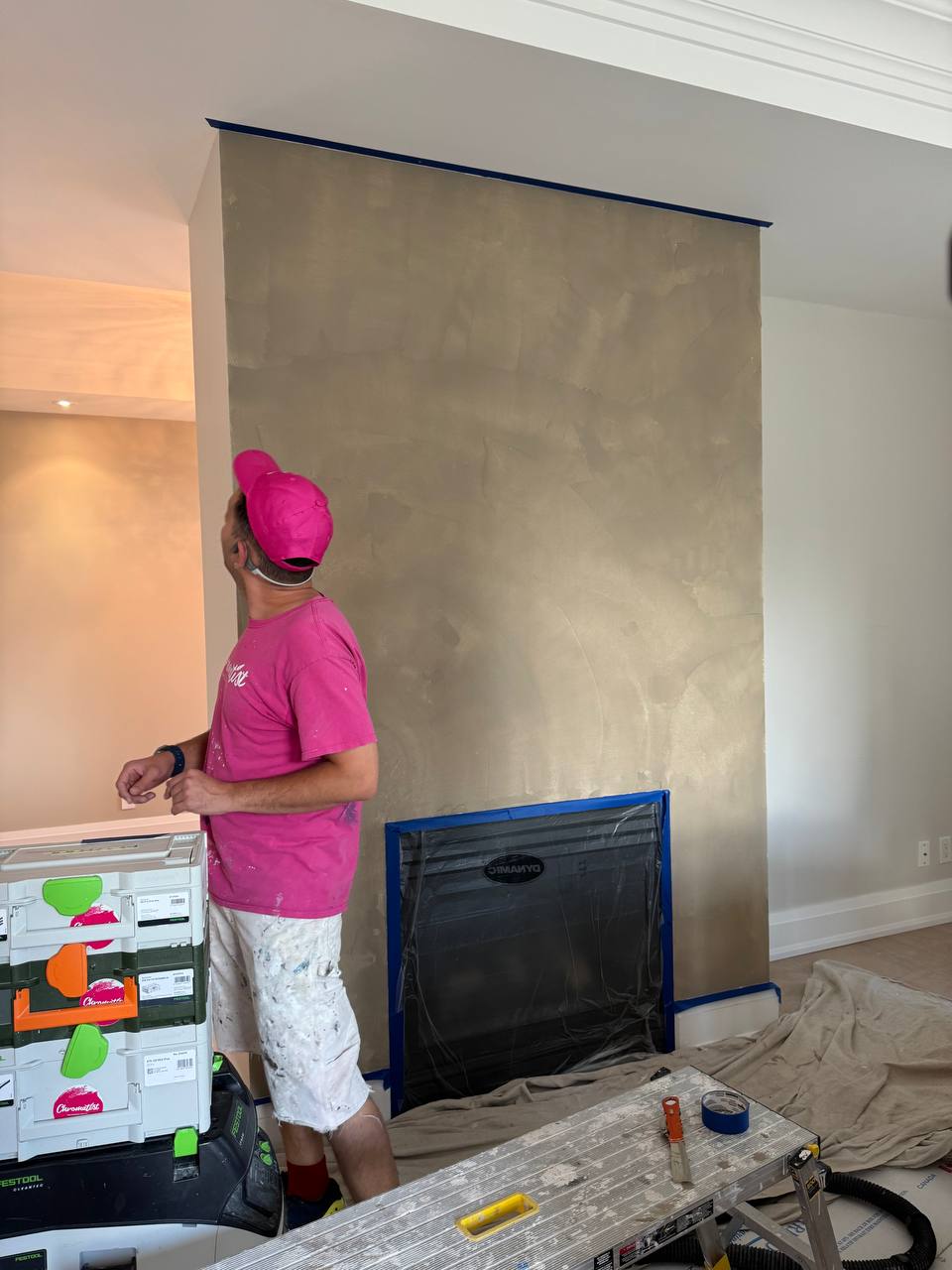
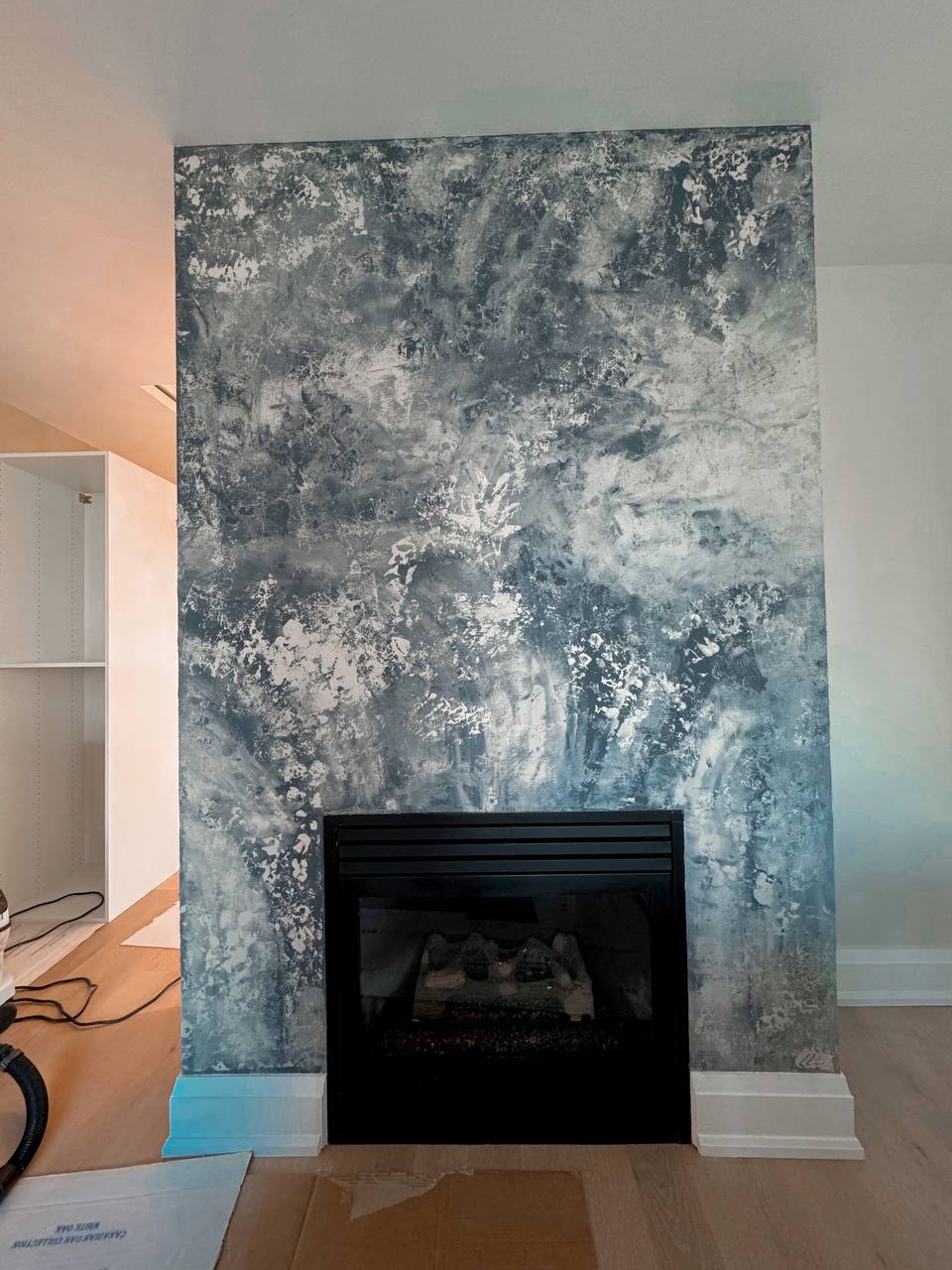
Benefits of Using Microcement for Interior Concrete Wall Finishes
Microcement offers several advantages when used as an interior wall finish:
- Seamless Appearance: Its smooth, continuous surface gives interiors a sleek and modern aesthetic.
- Durability: Highly resistant to wear, microcement is ideal for both residential and commercial spaces.
- Versatility: It can be applied over various surfaces, including drywall, wood, and even tiles.
- Waterproof: Perfect for bathrooms and kitchens, where water exposure is common.
- Customizable: Microcement can be tinted in a variety of colors and finishes, from matte to glossy, to suit any design style.
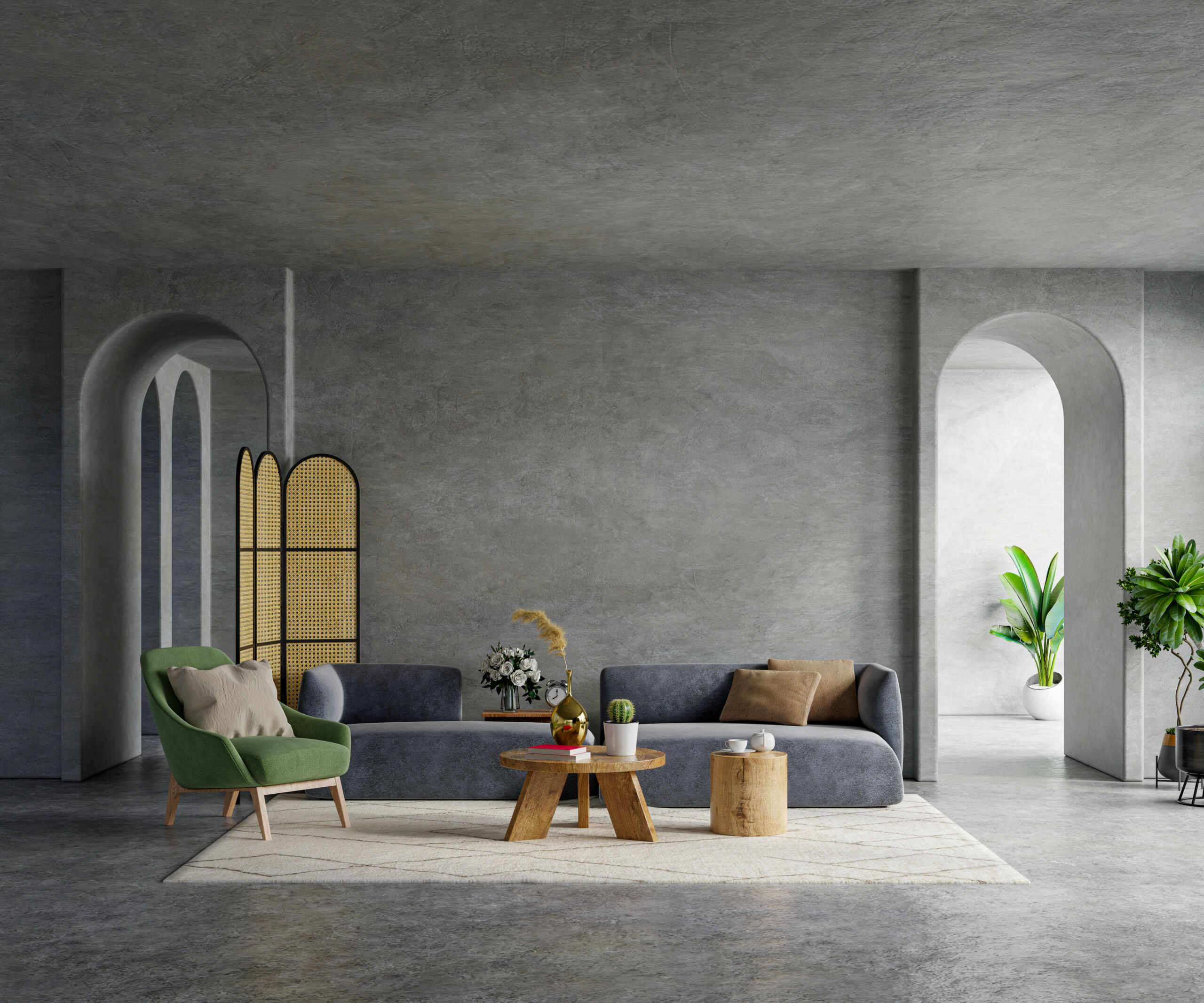
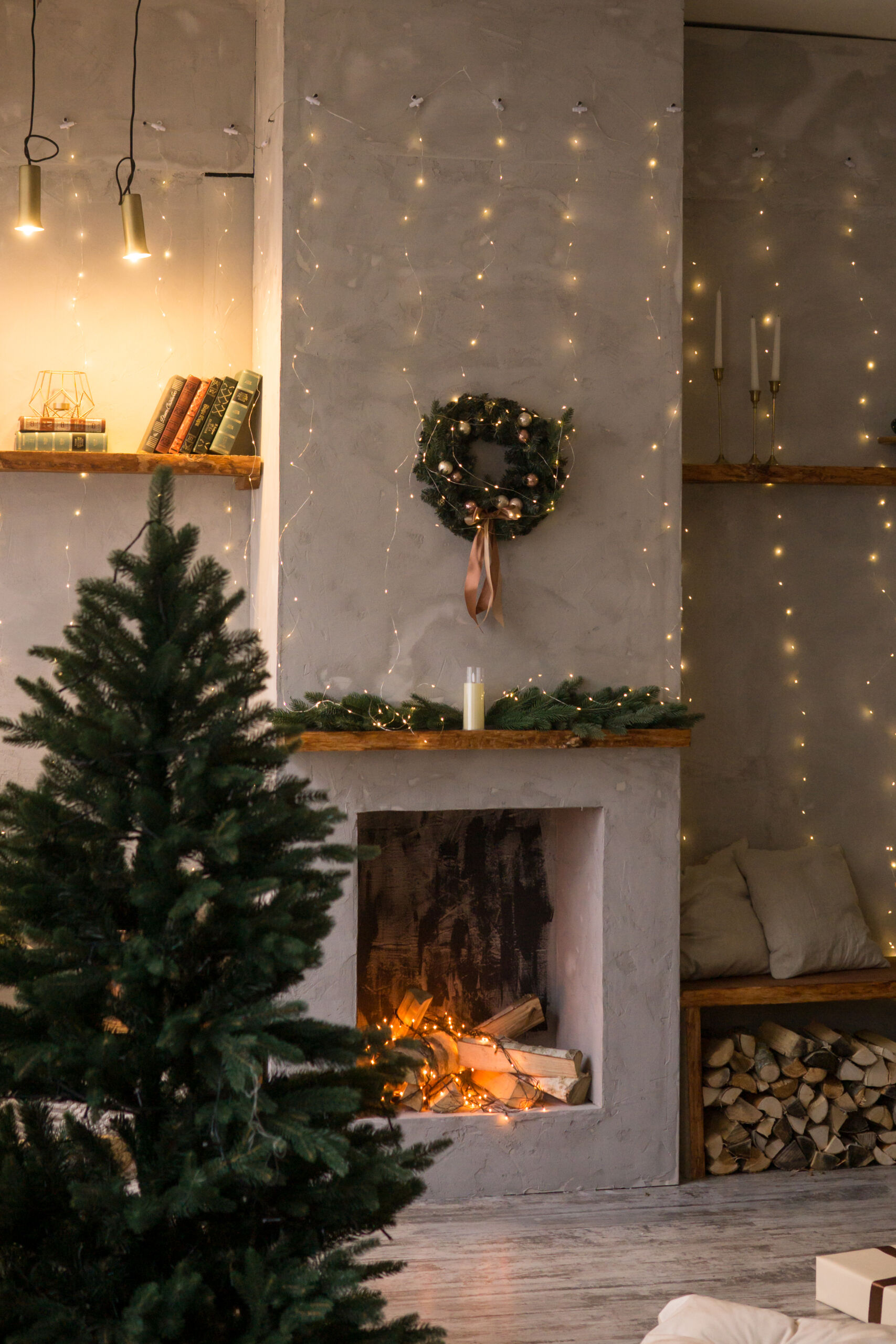
Common FAQs About Microcement Countertops & Backsplashes
Ready to Transform Your Interiors with Micro concrete?
If you’re looking to achieve a modern, seamless, and durable finish for your interior walls, microcement is the perfect choice. Whether it’s for a sleek living room, a contemporary bathroom, or a stylish kitchen, this versatile material can elevate the look and feel of any space.
Contact us today to discuss how we can bring your design vision to life with our expert microcement application services. Let’s create stunning, low-maintenance interiors that combine beauty with lasting durability!
Serving Toronto, Los Angeles, Florida and Texas
| Toronto & GTA | |
|---|---|
|
|
| Jacksonville | Tampa | Miami | Broward County | Palm Beach County |
|---|---|---|---|---|
|
|
|
|
|
| Los Angeles | Sacramento | Long Beach | Santa Monica | Mission Viejo |
|---|---|---|---|---|
|
|
|
|
|
| Dallas | Houston | Austin | San Antonio | Fort Worth |
|---|---|---|---|---|
|
|
|
|
|



